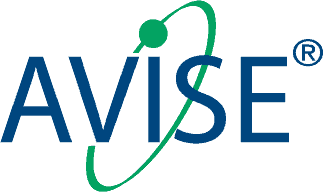Complement Activation in Patients With Probable Systemic Lupus Erythematosus and Ability to Predict Progression to American College of Rheumatology - Classified Systemic Lupus Erythematosus
Summary
In this cross-sectional, multi-center prospective study, the frequency of cell-bound complement activation products (CB-CAPs) was evaluated as a marker of complement activation in patients with suspected systemic lupus erythematosus (SLE). This biomarker was examined as a predictor of the evolution of probable SLE into SLE as classified by the American College of Rheumatology (ACR) criteria.
References:
-
Arthritis Rheumatol., 2020 Jan;72(1):78-88. doi: 10.1002/art.41093. Epub 2019 Nov 25.

